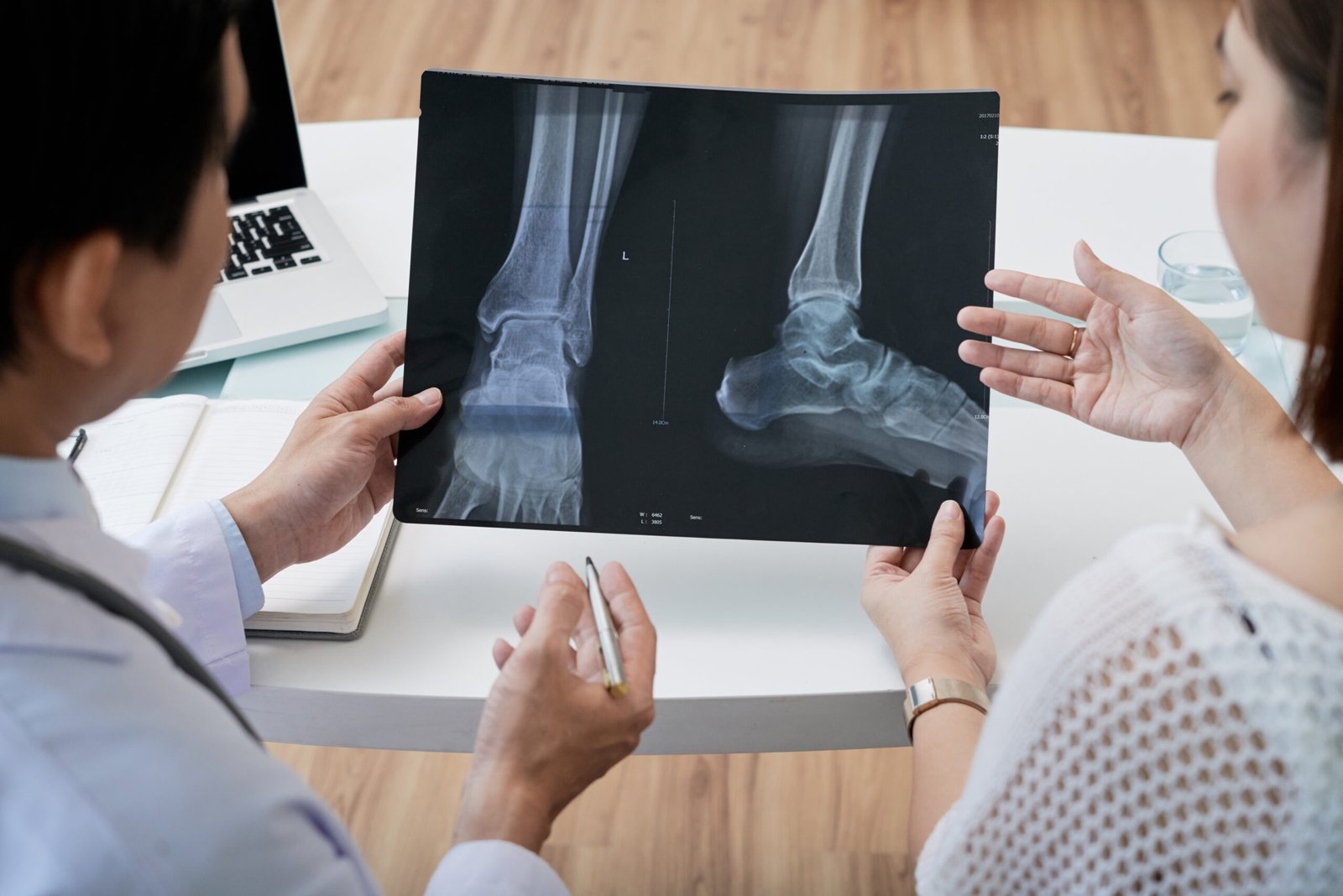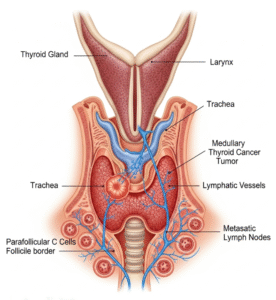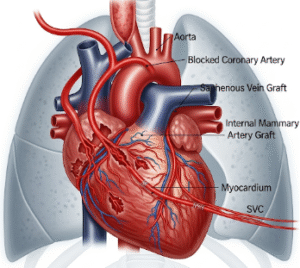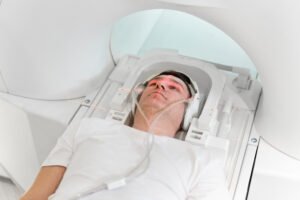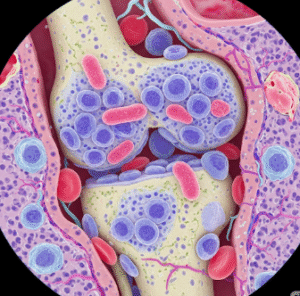Overview
Synovitis is the inflammation of the synovial membrane—the tissue lining joints that produces lubricating fluid. This condition can cause joint pain, swelling, stiffness, and reduced mobility. In Korea, synovitis is commonly treated in orthopedic and rheumatology clinics with a combination of medications, physical therapy, and, in some cases, surgical interventions.
What is Synovitis?
Synovitis occurs when the synovial membrane becomes inflamed, often due to injury, autoimmune disease, or repetitive use. The inflamed tissue may thicken and produce excess fluid, leading to joint swelling and discomfort.
It can be:
- Acute – triggered by trauma, infection, or a flare-up of a condition like gout.
- Chronic – often linked with long-term conditions such as rheumatoid arthritis, lupus, or other autoimmune diseases.
Synovitis can affect any joint, but it’s most commonly seen in the knees, hips, shoulders, and ankles.
Symptoms
- Joint swelling
- Pain, especially during movement
- Warmth over the affected joint
- Stiffness, particularly after periods of inactivity
- Limited range of motion
- Joint tenderness
Causes
- Autoimmune diseases – e.g., rheumatoid arthritis, lupus
- Injuries – trauma or overuse
- Infection – bacterial or viral (septic synovitis)
- Metabolic disorders – gout, pseudogout
- Hemophilia – causing recurrent joint bleeds
- Osteoarthritis – degenerative changes that irritate the synovium
Risk Factors
- Existing autoimmune or inflammatory conditions
- Joint trauma or overuse
- Advanced age
- Obesity
- Repetitive physical activity (e.g., sports)
- Genetic predisposition to rheumatic diseases
Complications
- Chronic joint pain
- Joint deformity
- Decreased mobility
- Joint damage or destruction (especially in untreated chronic cases)
- Development of joint fibrosis
- Reduced quality of life
Prevention
- Regular exercise to maintain joint flexibility and strength
- Avoiding repetitive strain on joints
- Prompt treatment of infections or injuries
- Managing underlying conditions such as arthritis or gout
- Healthy diet and weight control to reduce joint stress
Treatment Options in Korea
South Korea provides high-quality care for synovitis through specialized orthopedic and rheumatology clinics. Hospitals use advanced diagnostic imaging and evidence-based treatment protocols.
Diagnosis
- Physical examination for joint swelling and movement limitation
- Ultrasound or MRI to assess synovial thickening and fluid accumulation
- Joint aspiration (arthrocentesis) to test synovial fluid for infection or crystals
- Blood tests for inflammatory markers and autoimmune antibodies
Treatment Options
- Medications
- Nonsteroidal anti-inflammatory drugs (NSAIDs) to reduce inflammation and pain
- Corticosteroid injections directly into the joint for faster relief
- Disease-modifying antirheumatic drugs (DMARDs) for autoimmune-related synovitis
- Antibiotics for infectious synovitis
- Physical Therapy
- Strengthening and range-of-motion exercises
- Pain relief modalities (ultrasound, heat therapy)
- Preventing joint stiffness
- Surgical Options
- Arthroscopic synovectomy – minimally invasive removal of inflamed synovial tissue
- Open synovectomy – for more severe or inaccessible cases
- Joint replacement surgery – in advanced, chronic joint damage

